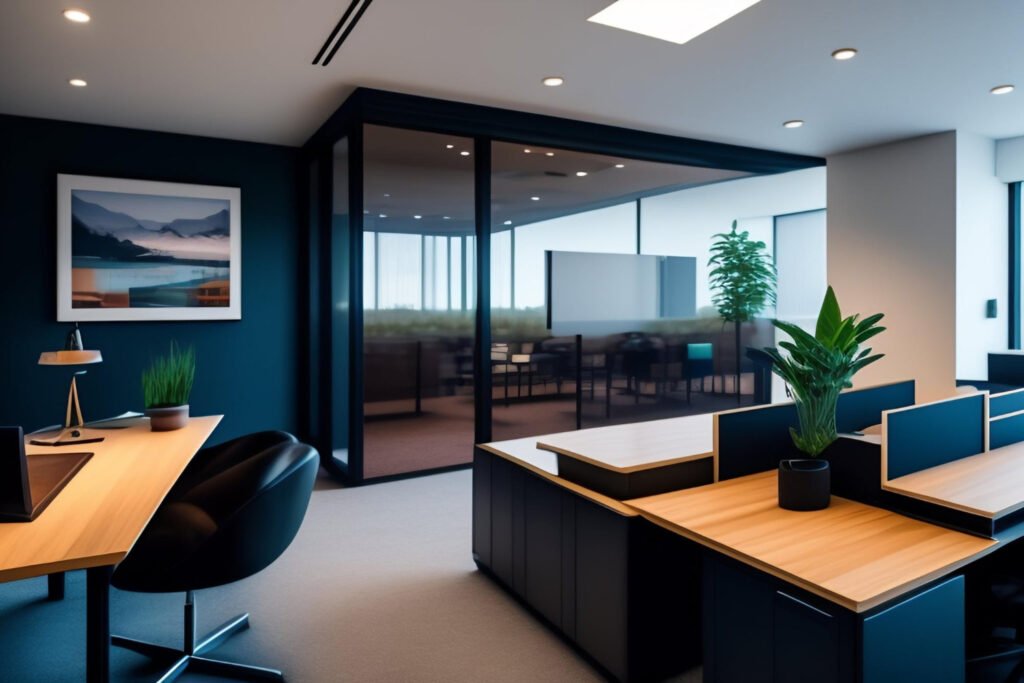
In these days of big data analytics and super competitive business environments, organisations are looking for any way to steal a march on the competition and gain that all-important edge.
Having a motivated, engaged and productive workforce is, of course, close to the top of the list, but that only sends us on a journey into the murky world of organisational behaviour, Maslow’s hierarchy of needs and human psychology.
To cut through the fog a little, there is more to increasing productivity than the oft-cited dichotomy of either paying staff more or making them feel loved. And appreciated, with staff bonding days, personal development plans and free pizza. The environment in which employees spend such a large proportion of their lives has to be an important factor yet it is one that is often overlooked.
Productivity in the modern office
Before we can consider aspects of office design that enhance productivity, we need to be clear about what we mean by productivity in the 20th century. As recently as the 1990s, you might have said it means a clear desk space, ergonomically designed chair, good-sized PC screen, ample space for filing paperwork and so on.
These remain aspects worthy of consideration, but these days, working dynamics have changed. While some offices still consist of staff at rows of desks, tapping away at computer screens, the growing trend towards flexible working means that if that is all you need to do, you can just as quickly work from home. Nowadays, the main point of being in the office is to engage with colleagues, collaborate on projects and share ideas.
Shared spaces
Today’s offices, therefore, need to be about shared space and providing the ideal environment for informal meetings, chance encounters and creative thinking. This can be achieved by designing working environments according to how their human inhabitants behave, rather than forcing human behaviour to follow the constraints of the design.
For example, designers have noticed that staircases are the perfect place for the chance encounter, so there is a growing trend to place these at the centre of buildings, rather than tucked away at the back near the exit doors.
Personal space
The traditional office had a whole heap of desks, some private offices for senior staff and perhaps one or two meeting rooms. In the modern era, this model no longer makes sense. In the largely paper-free environment in which we all operate, we have everything we need on our laptop, tablet or, increasingly commonly, stored in the cloud.
Hot desks came into fashion around the turn of the millennium, as the trend for workers to spend time at different sites in an organisation started to emerge, but today, it is a workable norm for most companies.
Even the private office is less important. Sure, the CEO, CFO and so on might still need one, but given that the average CEO spends almost three hours every day in meetings, even that is open to debate, and the hot office is as relevant as the hot desk.
Meeting space
Devoting more space to formal meeting rooms is, of course, key. Management meetings, strategy meetings and client or supplier meetings are all important. And take up large amounts of the working day. There is a growing fashion for glass meeting rooms, which are effective in providing an atmosphere of openness, as well as optimising natural light. This will make the entire environment feel more spacious.
The downside is the “goldfish bowl” factor. We, humans, have a natural tendency to peer into the meeting room as we pass and see who is in there and what they are doing. An attractive and flexible solution is to install shutters, to provide privacy when it is needed and spaciousness when it is not.
Those chance meetings
So much for formal meetings, but how about those chance encounters on the stairs or at the coffee machine? Nooks, where colleagues can sit in a degree of comfort and turn those chance engages into a valuable 30-minute meeting, are, perhaps, the most significant innovation of modern office design.
Many companies install these close to social areas or design them to double as social spaces. So instead of a cramped kitchen, where colleagues squeeze by each other and queue for the kettle, we are starting to see open-plan spaces more akin to a cafeteria, where you can grab your coffee, get into conversation and sit in a booth to discuss ideas. Many companies also invest in quality coffee service for offices in order to provide an even more rewarding and energizing space for employee collaboration.
The new dynamic
Modern business is all about collaboration and problem-solving. The way an office is designed has a direct impact on fostering these essential aspects, improving productivity and driving a business to new heights of success.
